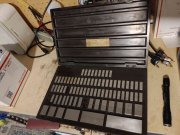A.N.T.
Journeyman
Looks like this section was quiet for a while, let's wake it up a bit with some pictures of naked ... things.
I have two hobbies, both in the electronics domain, but on two opposing sides of it. One is in audio, where the subjective listening is a king and measurements are only a necessary evil. The second one is in metrology, aiming at the most precise measurements physically possible (obviously, for a given hobby budget, that is). As much as I enjoy a new cassette deck in my collection or a new phono stage design, I may drool all over the place getting a piece of equipment which has no practical purpose whatsoever except for extremely accurate measurements *. Metrology in electronics is an area where "ppm" ("parts per million") is a common denomination. In some areas, inhabited by timenuts (I don't venture there, it is too scary) even "parts per billion" measurement accuracy might be considered mediocre. In my home lab I have a resistance reference and a voltage reference accurate to better than 10ppm. Today I have received a new device for my home lab, after waiting a considerable time for it to arrive from the US. The unit was made almost exactly 50 years ago, in Nov 1971. When I've checked it on arrival it was faulty. I had to open and fix it. Fortunately, the fault was a simple one, two bits were touching each other and it was probably one of the simplest repairs I've done in my practice. After the fix it performs according to the specification. This device can output a very accurate fraction of the input voltage, with 1ppm steps and accuracy of 10ppm full scale. So, here it is in all its dressed and undressed glory.
Cheers
Alex
P.S. - * one can use this thing as a volume control, I suppose. Mono. Unless you get a second one.
P.P.S. - don't even ask how much a modern equivalent of it might cost.
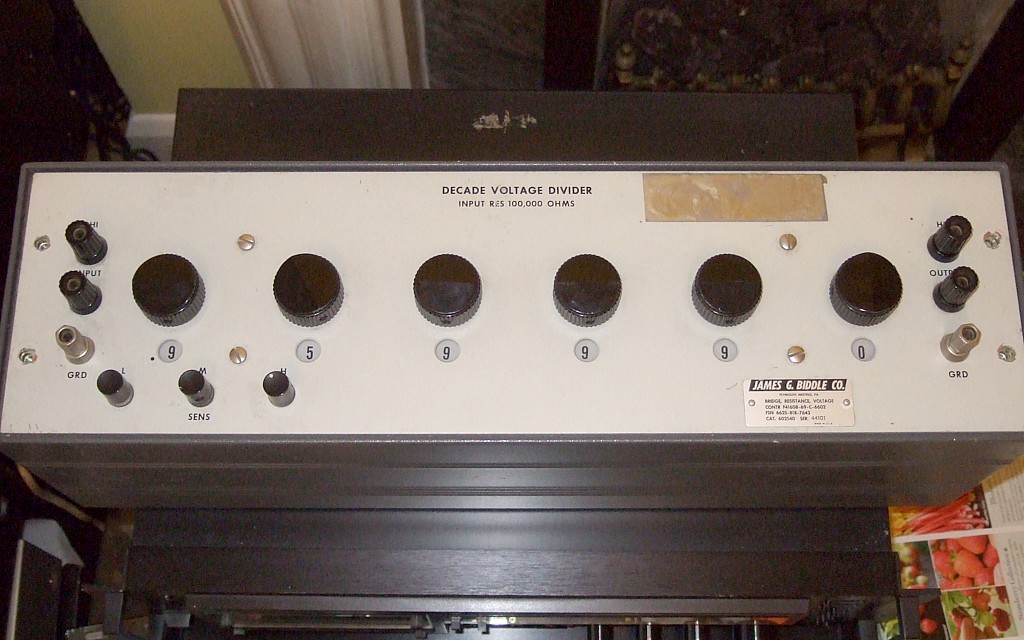
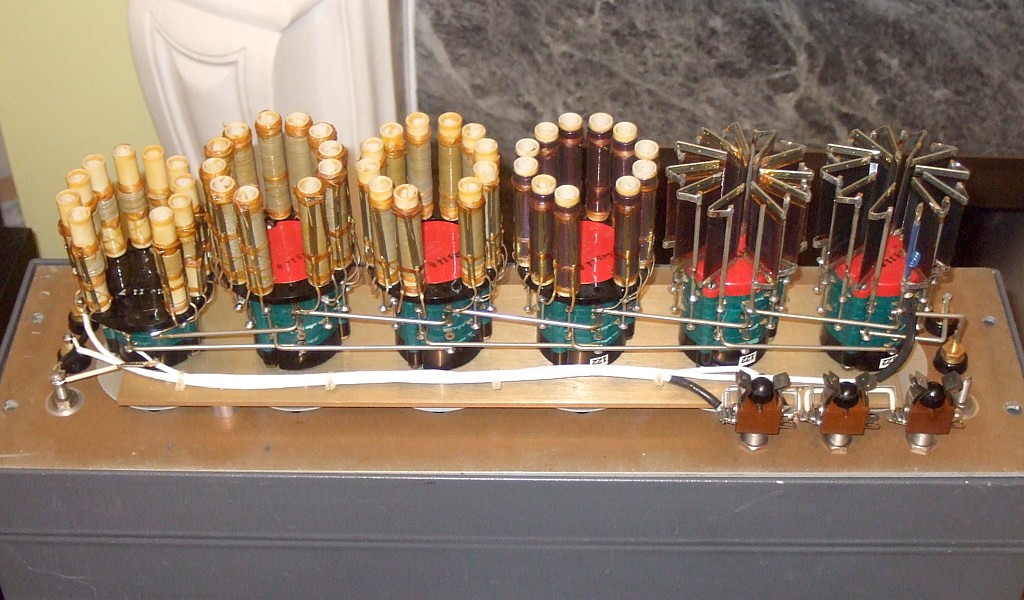
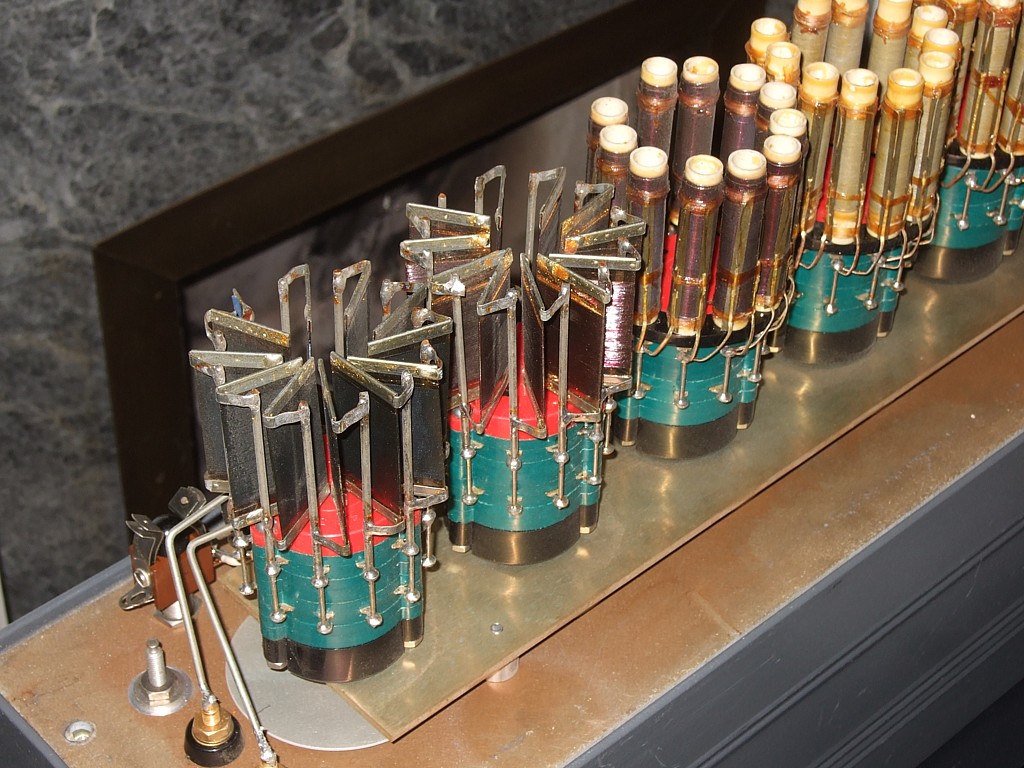
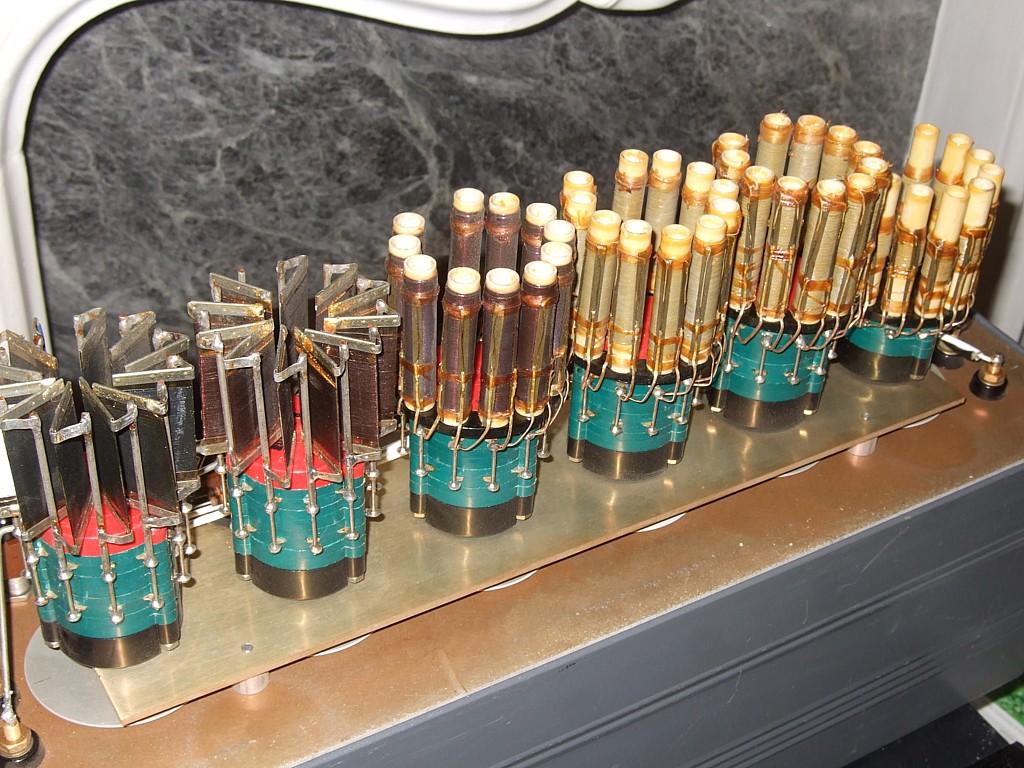
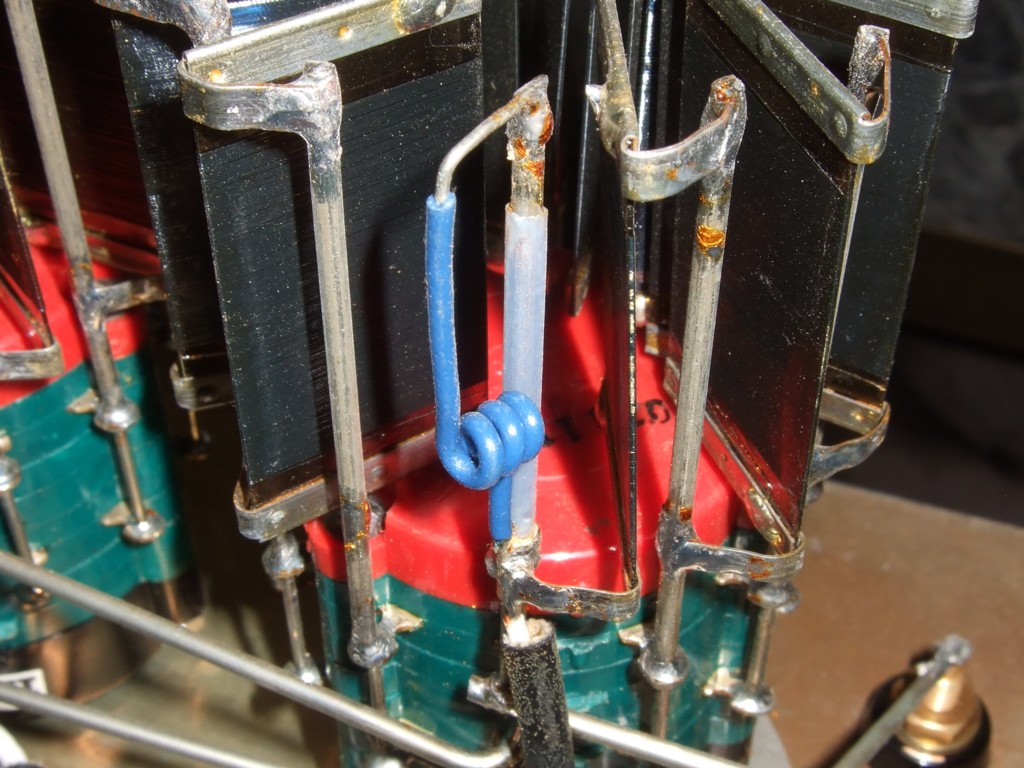
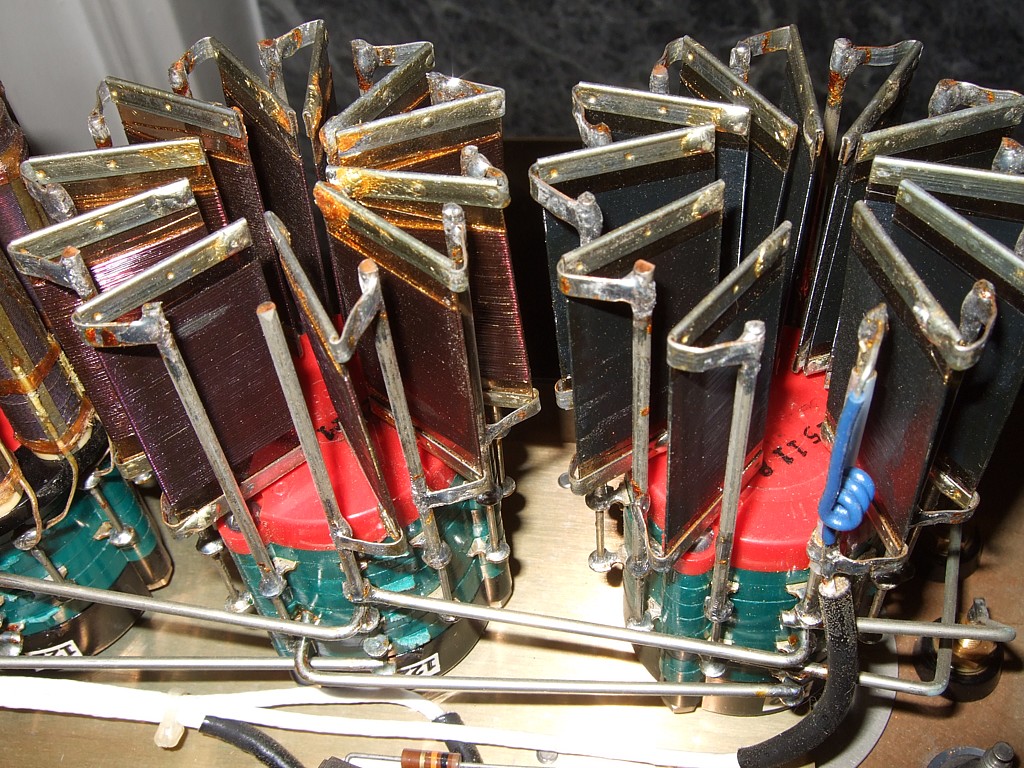
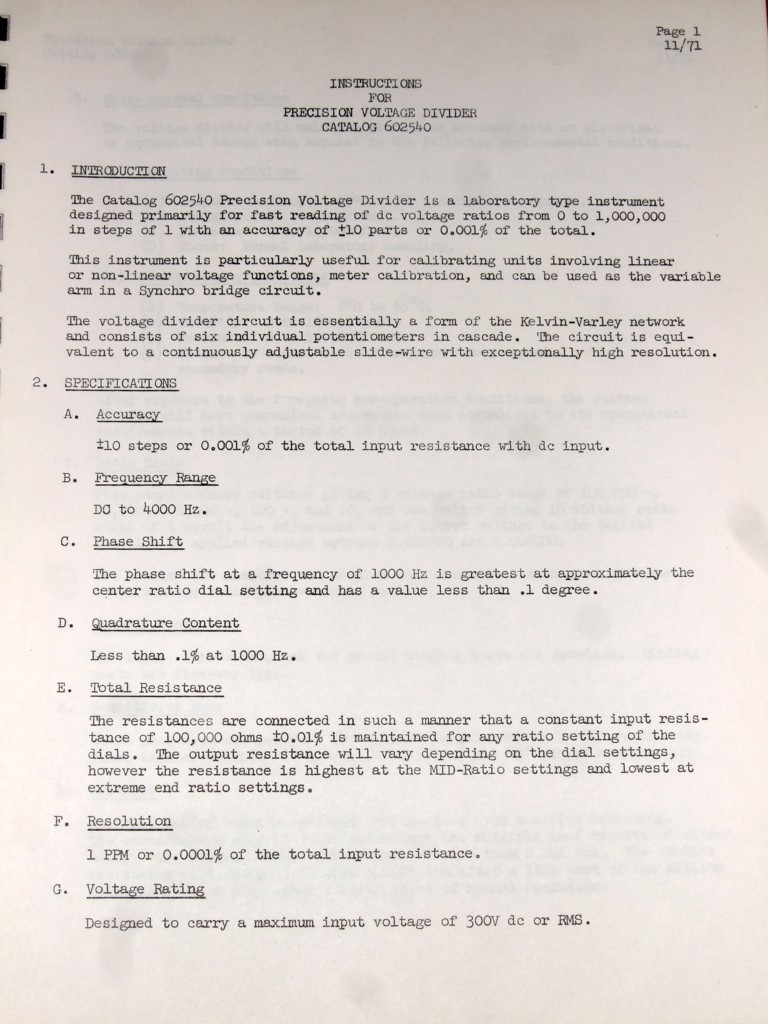
I have two hobbies, both in the electronics domain, but on two opposing sides of it. One is in audio, where the subjective listening is a king and measurements are only a necessary evil. The second one is in metrology, aiming at the most precise measurements physically possible (obviously, for a given hobby budget, that is). As much as I enjoy a new cassette deck in my collection or a new phono stage design, I may drool all over the place getting a piece of equipment which has no practical purpose whatsoever except for extremely accurate measurements *. Metrology in electronics is an area where "ppm" ("parts per million") is a common denomination. In some areas, inhabited by timenuts (I don't venture there, it is too scary) even "parts per billion" measurement accuracy might be considered mediocre. In my home lab I have a resistance reference and a voltage reference accurate to better than 10ppm. Today I have received a new device for my home lab, after waiting a considerable time for it to arrive from the US. The unit was made almost exactly 50 years ago, in Nov 1971. When I've checked it on arrival it was faulty. I had to open and fix it. Fortunately, the fault was a simple one, two bits were touching each other and it was probably one of the simplest repairs I've done in my practice. After the fix it performs according to the specification. This device can output a very accurate fraction of the input voltage, with 1ppm steps and accuracy of 10ppm full scale. So, here it is in all its dressed and undressed glory.
Cheers
Alex
P.S. - * one can use this thing as a volume control, I suppose. Mono. Unless you get a second one.
P.P.S. - don't even ask how much a modern equivalent of it might cost.








